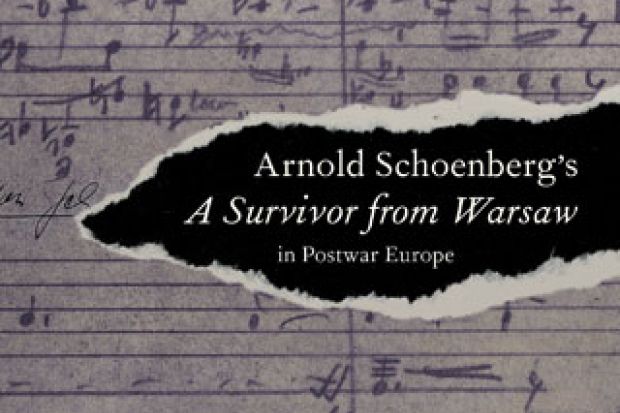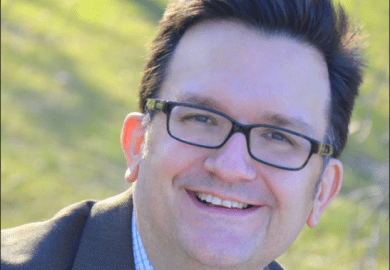One thing going for the average psychopath is that, when they act, most people cling to the hope that ordinary standards of behaviour still hold. Be it passengers on a hijacked aircraft or the first trainloads of Jewish citizens transported to the death camps in the Second World War, you can bet that they reasonably, but with tragic error, calculated that by quietly going along with what happened they might just come out the other side.
April 1943 in Warsaw was an exception: after the Jews remaining in the ghetto learned of plans for the final deportation to Treblinka, 750 fighters held out against the Nazis for days. There could be no Hollywood ending here, of course, but their tragic resistance has become a legend.
By this time, Arnold Schoenberg, the Austrian composer who had controversially introduced the 12-note compositional method in the 1920s, was firmly ensconced in California, having fled to the US in 1933. As with many of his peers, his Jewish identity had earlier in his life been little more than nominal, but the Nazi atrocities led him to a rediscovery, and by the early 1930s he was declaring his intention to devote the rest of his life and work to Zionist causes.
This was the background to his 1947 work, A Survivor from Warsaw, a seven-minute commemoration and dramatisation of the ghetto uprising. In her new book, Joy Calico tracks the return of this most European of composers to the continent from whence he came through the very different stories of the first performances of A Survivor in West Germany, Austria, Norway, East Germany, Poland and Czechoslovakia.
There is so much that can be said, analytically and musicologically, about the piece. Schoenberg had long been criticised for abandoning the lush Romanticism of his early work – the art-music equivalent of Woody Allen being told “we enjoy your films, particularly the early, funny ones” – and he was just entering a rich period of synthesis between 12-note composition and a more conventional harmonic language. Yet the most important factor in assessing the value of this book is to recognise that it’s not actually about A Survivor. In Calico’s book, the piece – Schoenberg himself, come to that – has the function of Alfred Hitchcock’s “MacGuffin”: something that appears to be central to the story, and certainly keeps it moving along, but is not actually the focus at all.
Instead, the book is really a case study in sociological theory. Calico explores ideas of remigration (“Schoenberg’s noncorporeal return in the form of his music”), of cultural mobility, and what might be called (although she does not use the term) the collectivisation of a cultural artefact – the social negotiation of its value or what it is interpreted as meaning.
Refreshingly, her analysis also underlines the vital role played by individual conductors, performers and critics in these various performances of A Survivor. The tawdry political motives she describes are a sad reminder to composers everywhere of just how far we are from a work simply being played on the basis of its quality, but she also shows how it takes just one or two people to give a piece a chance. Every ghetto uprising needs its Mordechai Anielewicz; even something as comparatively inconsequential as a concert performance needs a champion.
Arnold Schoenberg’s A Survivor From Warsaw in Postwar Europe
By Joy H. Calico
University of California Press, 2pp, £41.95
ISBN 9780520281868 and 0957701 (e-book)
Published 2 May 2014
Register to continue
Why register?
- Registration is free and only takes a moment
- Once registered, you can read 3 articles a month
- Sign up for our newsletter
Subscribe
Or subscribe for unlimited access to:
- Unlimited access to news, views, insights & reviews
- Digital editions
- Digital access to THE’s university and college rankings analysis
Already registered or a current subscriber? Login





